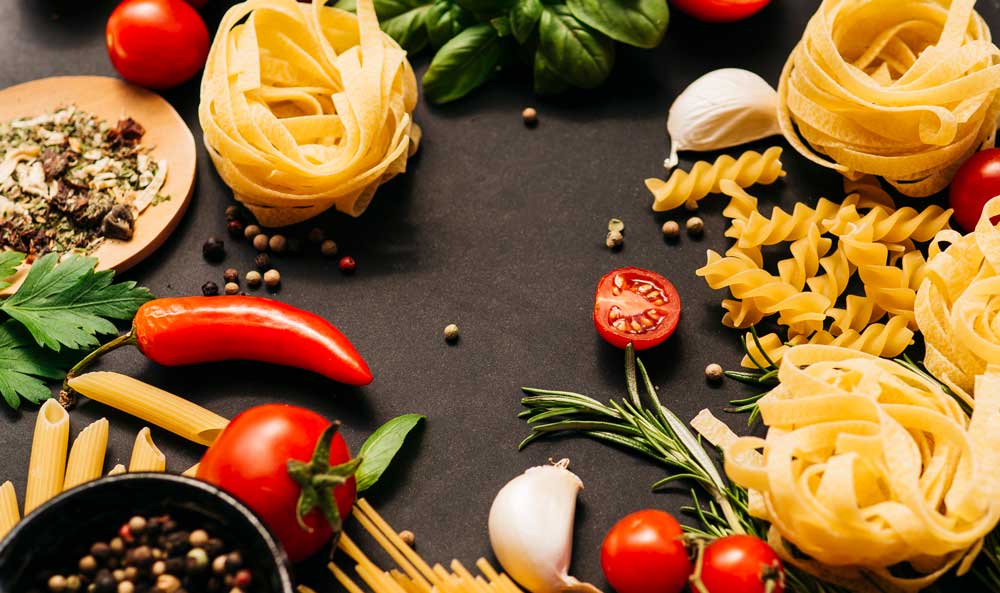Italian and Croatian cuisines share several similarities rooted in their Mediterranean heritage, yet each maintains distinct flavors and culinary traditions that reflect their unique cultural backgrounds. Here are some key similarities between Italian and Croatian food:
1. Emphasis on Fresh Ingredients: Both Italian and Croatian cuisines prioritize fresh, seasonal ingredients. Olive oil, tomatoes, garlic, and herbs like basil and oregano are common staples in both culinary traditions, enhancing dishes with robust flavors and aromas.
2. Seafood Specialties: Given their coastal regions, both Italy and Croatia feature a variety of seafood dishes. Grilled fish, seafood risottos, and shellfish are popular in both cuisines, highlighting the importance of fresh catches from the Adriatic and Mediterranean Seas.
3. Pasta and Rice Dishes: Pasta plays a central role in Italian cuisine, with a wide array of shapes and sauces. Similarly, Croatian cuisine includes pasta dishes like fuzi (hand-rolled pasta) and ravioli, often served with hearty meat or seafood sauces. Both cuisines also incorporate rice in dishes such as risotto, showcasing regional variations in preparation and flavors.

Grilled Meats and Peka
Grilled meats are celebrated in both Italian and Croatian cuisines, though with different seasonings and cooking techniques. Croatians are renowned for Peka, a method of slow-cooking meats and vegetables under a bell-shaped lid, similar to Italian slow-cooked stews and roasts.
5. Cheese and Dairy Products: Cheese holds a significant place in both Italian and Croatian kitchens. Varieties like Parmigiano-Reggiano in Italy and Pag cheese in Croatia are cherished for their unique flavors and textures. Both cuisines also feature dairy products such as ricotta, mascarpone, and yogurt, used in desserts and savory dishes alike.
6. Bread and Baked Goods: Bread is a staple in both Italian and Croatian meals, ranging from rustic loaves to flatbreads. Focaccia in Italy and traditional Croatian breads like Pogača are enjoyed alongside meals or used as a base for sandwiches and appetizers.
7. Wine and Olive Oil: Both Italy and Croatia are renowned for their wine-producing regions and high-quality olive oil. Wine is integral to Italian and Croatian dining experiences, complementing meals with regional varietals. Olive oil is used liberally in cooking and as a finishing touch in both cuisines, adding richness and depth to dishes.
While Italian and Croatian cuisines share these similarities, each has its own regional variations, ingredients, and cooking techniques that reflect their distinct culinary heritages. Exploring these similarities and differences offers a delightful journey through the flavors of the Mediterranean and Adriatic, showcasing the diversity and richness of these vibrant culinary traditions.
